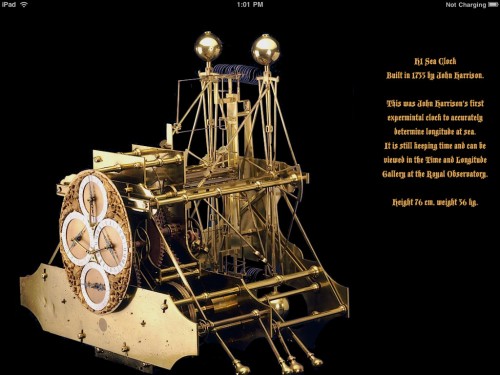Patrick Meier: “Clearly, crowdsourcing is not new, only the word is. After all, crowdsourcing is a methodology, not a technology nor an industry. Perhaps one of my favorite examples of crowdsourcing during the Renaissance surrounds the invention of the marine chronometer, which completely revolutionized long distance sea travel. Thousands of lives were being lost in shipwrecks because longitude coordinates were virtually impossible to determine in the open seas. Finding a solution this problem became critical as the Age of Sail dawned on many European empires.
So the Spanish King, Dutch Merchants and others turned to crowdsourcing by offering major prize money for a solution. The British government even launched the “Longitude Prize” which was established through an Act of Parliament in 1714 and administered by the “Board of Longitude.” This board brought together the greatest scientific minds of the time to work on the problem, including Sir Isaac Newton. Galileo was also said to have taken up the challenge.
The main prizes included: “£10,000 for a method that could determine longitude within 60 nautical miles (111 km); £15,000 for a method that could determine longitude within 40 nautical miles (74 km); and £20,000 for a method that could determine longitude within 30 nautical miles (56 km).” Note that £20,000 in 1714 is around $4.7 million dollars today. The $1 million Netflix Prize launched 400 years later pales in comparison.” In addition, the Board had the discretion to make awards to persons who were making significant contributions to the effort or to provide financial support to those who were working towards a solution. The Board could also make advances of up to £2,000 for experimental work deemed promising.”
Interestingly, the person who provided the most breakthroughs—and thus received the most prize money—was the son of a carpenter, the self-educated British clockmaker John Harrison. And so, as noted by Peter LaMotte, “by allowing anyone to participate in solving the problem, a solution was found for a puzzle that had baffled some of the brightest minds in history (even Galileo!). In the end, it was found by someone who would never have been tapped to solve it to begin with.”…(More)”
